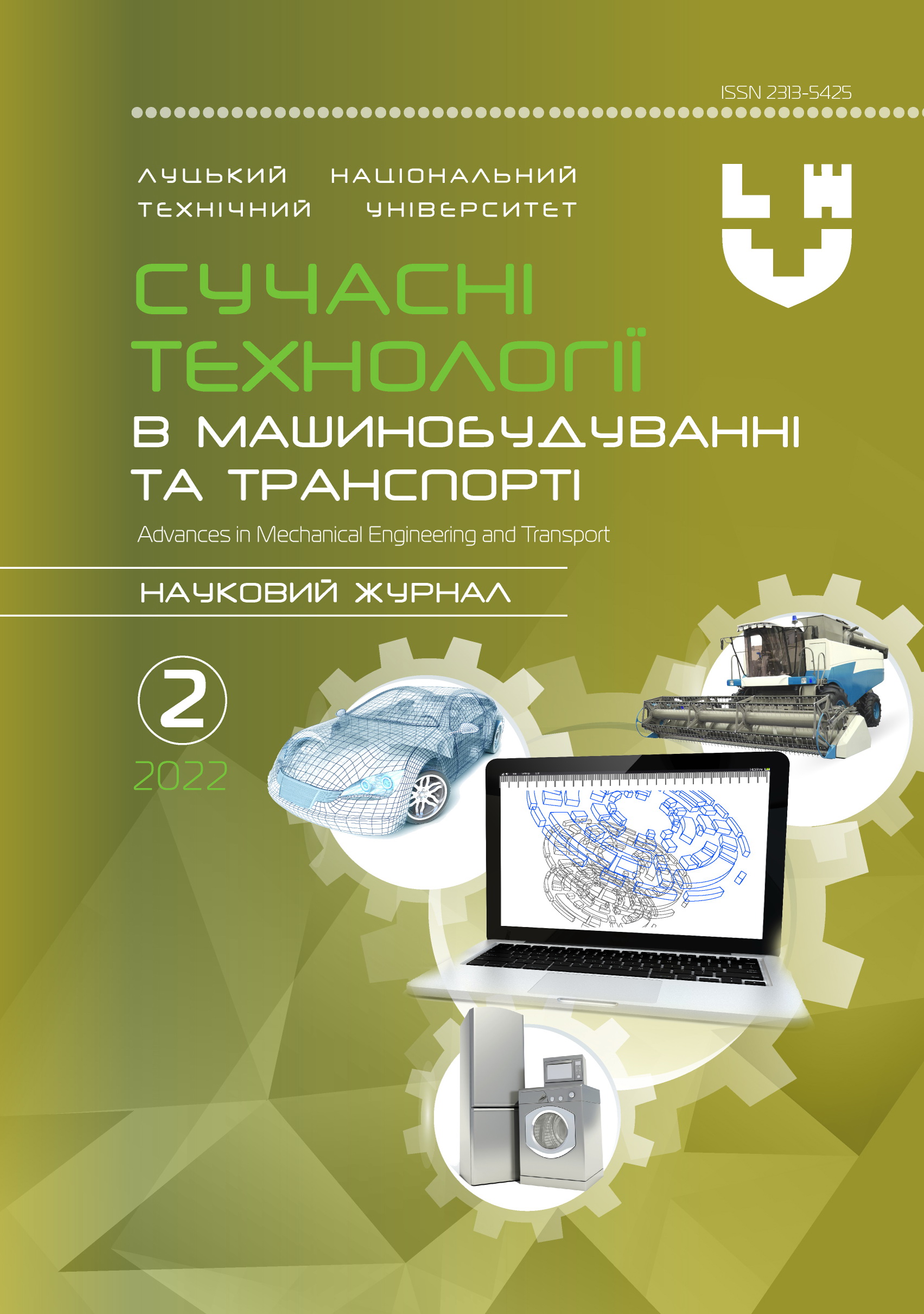Functioning of public transport in the social City spaces
Abstract
Urban passenger transport systems occupy a special place in the general structure of passenger transport, which is explained by the continuous increase in the role of cities in the life of society, due to the division of labor and the concentration of production. Changes in the life of Ukraine led to a significant modification of the structure of the population's needs in transportation and restructuring of the route systems of most Ukrainian cities, which was most often of a spontaneous nature. At the same time, making decisions about changing route systems is a complex task that affects the interests of a large number of citizens and has significant social and economic significance. The creation of the city's information base involves the collection of initial data on the transport network, the characteristics of the street and road network and the demand for passenger movement.
Over the past few years, advances in the Information and Communication Technologies (ICTs) have significantly challenged the traditionally stable land scape of urban infrastructure service provision. This has resulted in increasing interest from both technology vendors and public authorities in the transition of cities towards so-called “Smart Cities”. Although such “Smart technologies” can provide immense opportunities for citizens and service providers alike, the ICTs often act as disruptive innovators of urban infrastructure service provision.
Modeling the HT network using real-time RTPI passenger information shows the potential impact on network demand distribution. The impact on the distribution of demand can occur through the impact of real-time information on passenger decision-making. In this study, route choice includes passengers' choices regarding time and space.
Key words:city passenger transport, transport network, indicators of a city route system, streams of movement of passengers.




